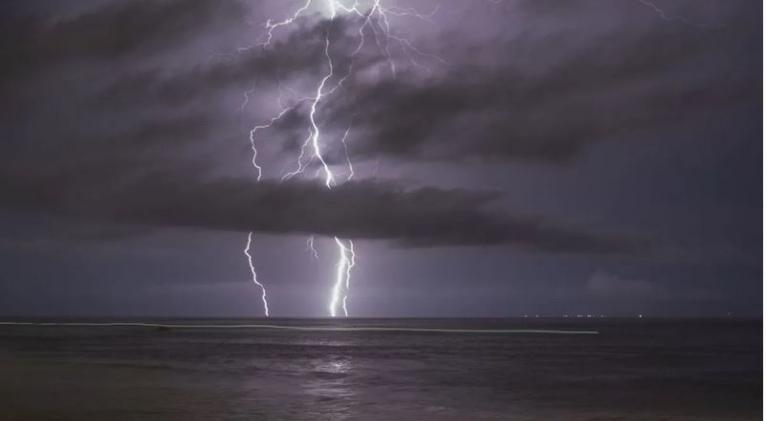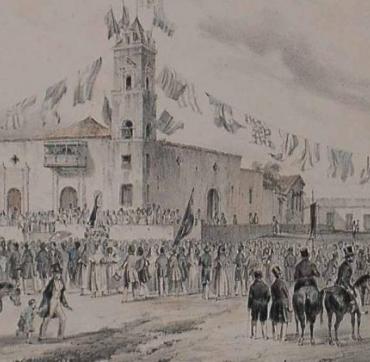Scientists Discover What Happens Just Before Lightning Strikes
especiales

Scientists say they have finally solved the mystery of what happens in the moments before a lightning bolt strikes.
In 1752, Benjamin Franklin, the famed inventor and U.S. founding father, discovered the connection between lightning and electricity. Yet more than 270 years later, experts had still not fully understood the path lightning takes from the cloud to the ground.
“Our findings provide the first quantitative and accurate explanation of how lightning is initiated in nature,” said Victor Pasko, professor of electrical engineering at Penn State’s College of Electrical Engineering and Computer Science, in a statement announcing the results. He added, “We were able to connect X-rays, electric fields, and the physics of electron avalanches.”
So what exactly happens in the atmospheric processes that trigger these giant, explosive sparks of electricity, capable of heating the air to five times the temperature of the Sun’s surface?
According to Pasko and his team, the powerful chain reaction works much like an invisible pinball machine. Inside storm clouds, strong electric fields accelerate electrons, which collide with molecules such as nitrogen and oxygen. These reactions generate electromagnetic radiation, commonly known as X-rays, as well as additional high-energy electrons and photons. Photons are the fundamental particles of light. From this cascading process, lightning is born.
Atmospheric scientists have long known how charged particles behave within clouds: protons move upward and electrons move downward toward the ground, causing positive charges to accumulate on the surface. When that positive charge “meets” the approaching negative charge and the channels connect, the electrical transfer is what we see as a lightning strike, according to the U.S. National Oceanic and Atmospheric Administration.
To reach their conclusions, the researchers, who come from several countries, used mathematical models simulating the physical conditions under which lightning is most likely to form.
“We explain how photoelectric phenomena occur, what conditions must be present in storm clouds for the electron cascade to begin, and what causes the wide variety of radio signals observed in clouds before lightning strikes,” said Zaid Pervez, a doctoral student in electrical engineering.
“To confirm our explanation of lightning initiation, I compared our results with earlier models, observational studies, and my own work on a type of lightning called compact intracloud discharges, which usually occur in small, localized regions of storm clouds,” he added.
The team also sought to explain the phenomenon known as “dark lightning,” or terrestrial gamma-ray flashes.
These invisible bursts of X-rays are formed by flashes occurring in Earth’s atmosphere. They often happen without the visible light or radio bursts typically associated with lightning. Researchers wanted to know why.
“In our model, the high-energy X-rays produced by relativistic electron avalanches generate new seed electrons through the photoelectric effect in the air, quickly amplifying these avalanches,” Pasko explained.
“In addition to occurring in very compact volumes, this runaway chain reaction can vary greatly in strength, often producing detectable levels of X-rays while accompanied by very weak optical and radio emissions. This explains why these gamma-ray flashes can arise from source regions that appear optically faint and radio quiet,” he continued.
The study was published in the Journal of Geophysical Research.














Add new comment